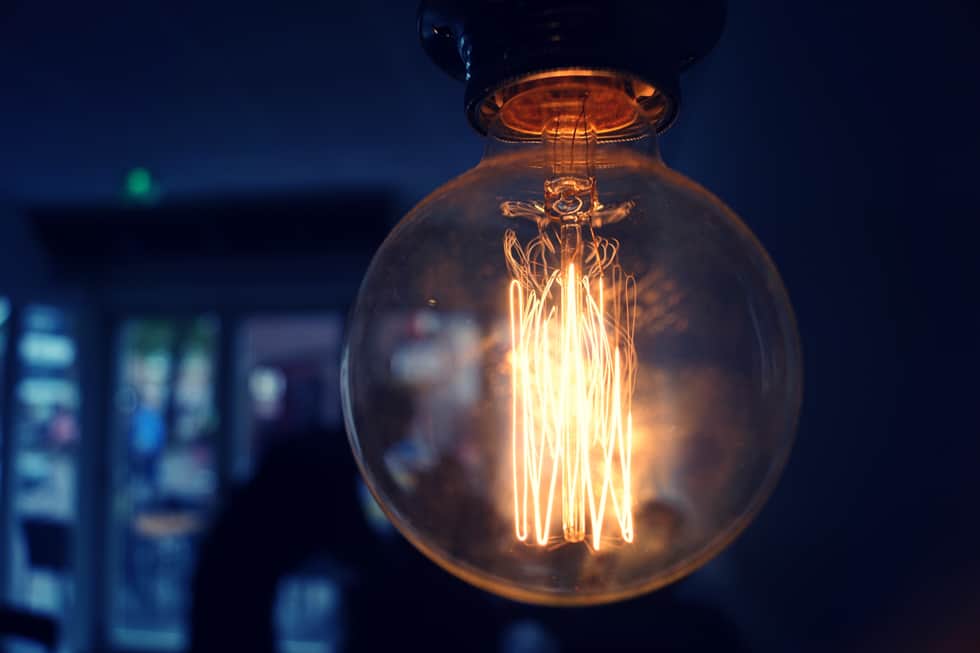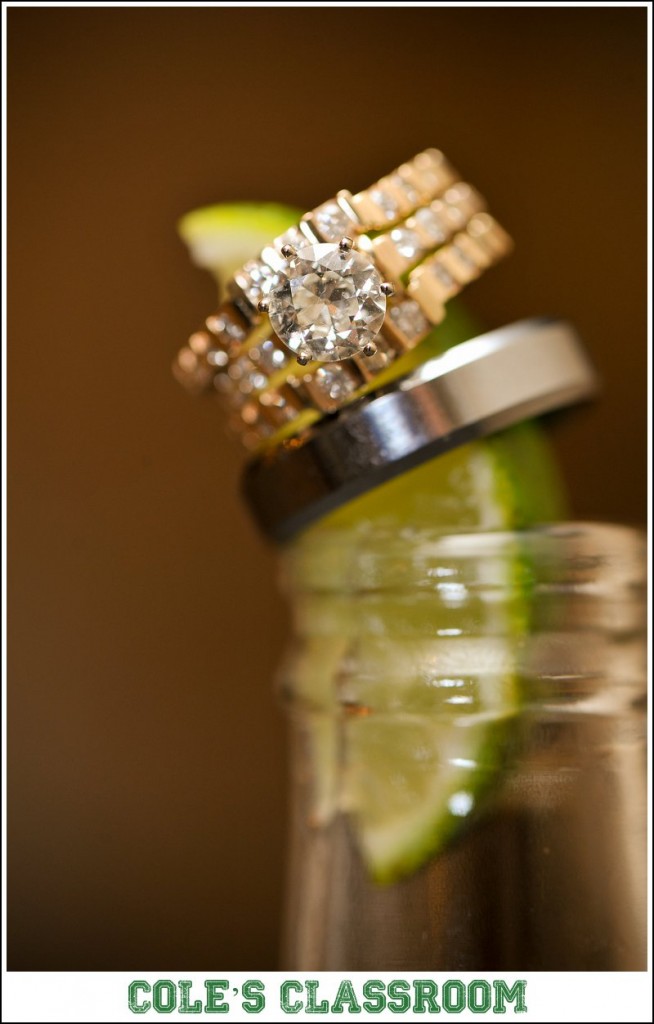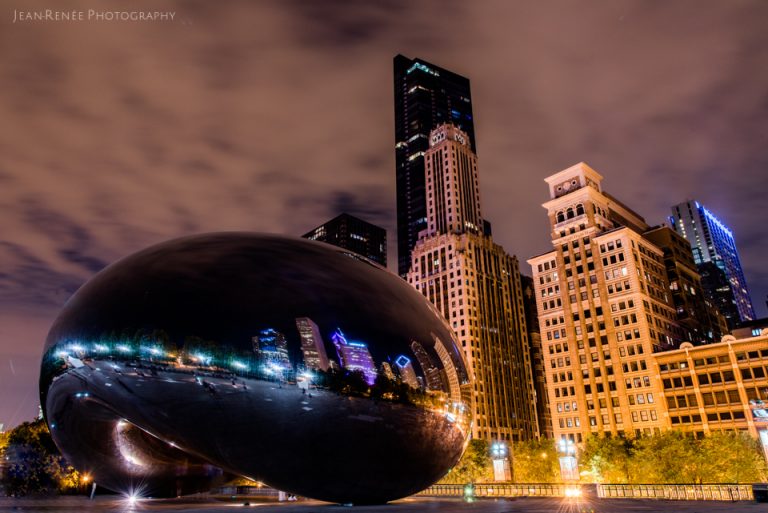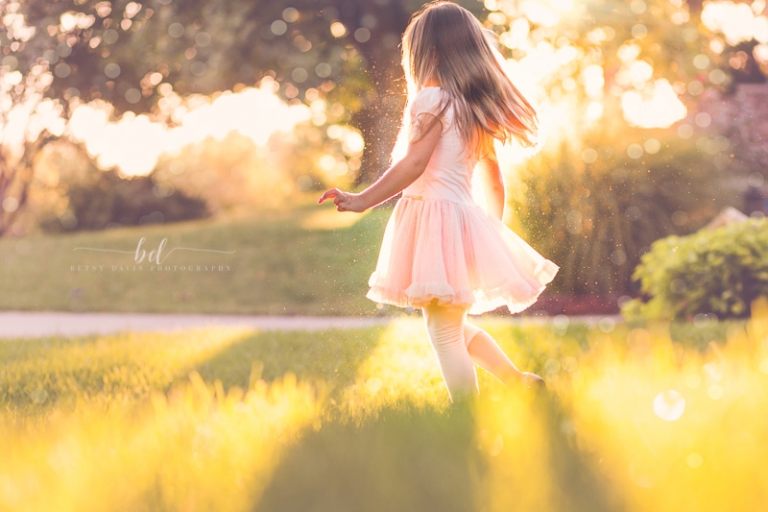Ever wonder if you really need vibration reduction (VR) for your camera? We’re here to explain it all!
Whether you are a Nikon or Canon photographer you are likely familiar with the terms Vibration Reduction (VR) or Image Stabilization (IS). You have likely seen when searching for camera lenses to add to your ever-growing wish list.
The major difference can often be price, with camera VR lenses having this feature often being much more expensive. We’re here to explain what exactly it is and if you actually need it!
What is Vibration Reduction?
Vibration Reduction (Nikon) and Image Stabilization (Canon) is the name of a camera technology that helps stabilize the lens or camera movement associated with hand shake. These camera stabilizers help eliminate blurry photos resulting from hand shake or if your shutter speeds are too slow. It counter-balances motion, just like noise-canceling headsets counters noise.
[ad id=’3′]
Does it Work?
Yes. It works and it works great when it is needed. Typically you will only find VR or image stabilization as an available option on zoom or macro models. The reason why is simply most fixed focal length prime lenses has a wide enough aperture (1.8, 1.4, 1.2), that VR or image stabilization wouldn’t be needed.
At those wide apertures and focal length, you can often get more than enough light through the camera lens and have fast enough speed that prevents blurry photos at any focal length. According to Nikon, VR or image stabilization can provide 4 stops slower speed than a lens without it and still yield a tack sharp photo.
In most cases, Nikon is correct. I can attest that it works and works well, allowing me to take extremely slower shutter speed shots hand held that is still tack sharp.
When Do I Use It?
Vibration reduction and image stabilization really comes to life and “saves you” when you are photographing any stationary object / subject that requires an extremely slower shutter speed that without vibration reduction would certainly require use of a tripod.
Real world common examples for me include landscape photography when I want a lot of depth of field and use a narrow aperture. This lets in less light and also nighttime landscape work, especially when just “on the go” and not carrying a tripod or shutter release along.
Most of our work is wedding photography, and VR is an absolute must when doing ring shots with our macro lens and also during any indoor church ceremony using the big and heavy Nikon 70-200 camera. It is not uncommon at all for me to shoot as low as 1/30th or 1/15th of a second with either of these camera lens models and still get sharp images.
Without it, even the most stable of hand held shooting would still warrant at least a 1/100th or even 1/200th shutter speed.
The photo above was taken in Paris, France with my Nikon 16-35 camera at only 1/2 of a second shutter speed handheld without a tripod or shutter release! Without VR this wouldn’t have been possible.
The Nikon 105 Macro camera was used for this ring shot at 1/50th of a second, handheld.
Which Lenses Do I Use That Benefit the Most From It?
The three camera lenses that VR really helps to have for our wedding photography work is the Nikon 105 Macro camera, Nikon 16-35 f/4, and the Nikon 70-200 camera. What and when do we use these during the wedding day?
Nikon 105 f/2.8 Macro
The Nikon 105 f/2.8 Macro camera is great with Rings and other detail shots. For the ring shots, we are often shooting anywhere from f/8 to f/16 where without the VR we wouldn’t have a chance of a shot without a tripod. For my review of the 105 macro click here.
Nikon 16-35 f/4
I like to add variety to the wedding day with this Nikon 16-35 f/4 lens by incorporating more “scene” type shots during the evening/nighttime showcasing the venue and reception.
Nikon 70-200 f/2.8
We pretty much only use this Nikon 70-200 lens during the ceremony as we prefer our prime lens for portraits. We use this when the ceremony is in a dark church or if we are using during reception for speeches with dim lighting. In these situations, having VR is a lifesaver for this lens.
The 70-200 f/2.8 VRII lens was used to capture this quick moment. I was zoomed all the way to 200mm and only able to get 1/40th of a second in this dark church at ISO 2500. Another instance where without VR you will be left with nothing but blurry photos.
When will VR or Image Stabilization NOT work?
The biggest key to remember about any image stabilization technology is that it works great when you need to prevent blurry photos related to slow speed and camera shake or hand shake.
However, it doesn’t help you in any way from blurry photos related to motion blur caused by other factors, when you’re shooting from a moving vehicle, or subjects that are moving. In other words, I may be able to get a sharp photo during a church ceremony with the 70-200 at 200mm and 1/40th of a second when the bride and groom are standing at the altar.
However, as soon as they are walking back down the aisle at me, there is no way 1/40th will be fast enough (without using flash) to prevent a blurry photo.
[ad id=’5′]
Note that VR and image stabilization will actually cause blur if using a tripod while having image stabilization set to “on.” Make sure to double-check before every session!
Cole’s Conclusion
VR or image stabilization is one of those things that when you need it you really need it. Whether you ever truly have a need for it is largely dependent upon what type of photography you shoot most and love to do.
With wedding photography, we are often in dimly lit indoor rooms. In these cases having too slow of a shutter speed can be the difference between capturing an awesome moment and not and for that reason alone.
If you use any type of telephoto zoom in your wedding work, I highly recommend using a lens that has VR or image stabilization.





![[Updated 2019] What Is Chromatic Aberration And How Can You Avoid It?](https://colesclassroom.com/wp-content/uploads/2017/08/Chromatic-Aberration-What-is-it-how-to-fix-it-768x512.jpg)




